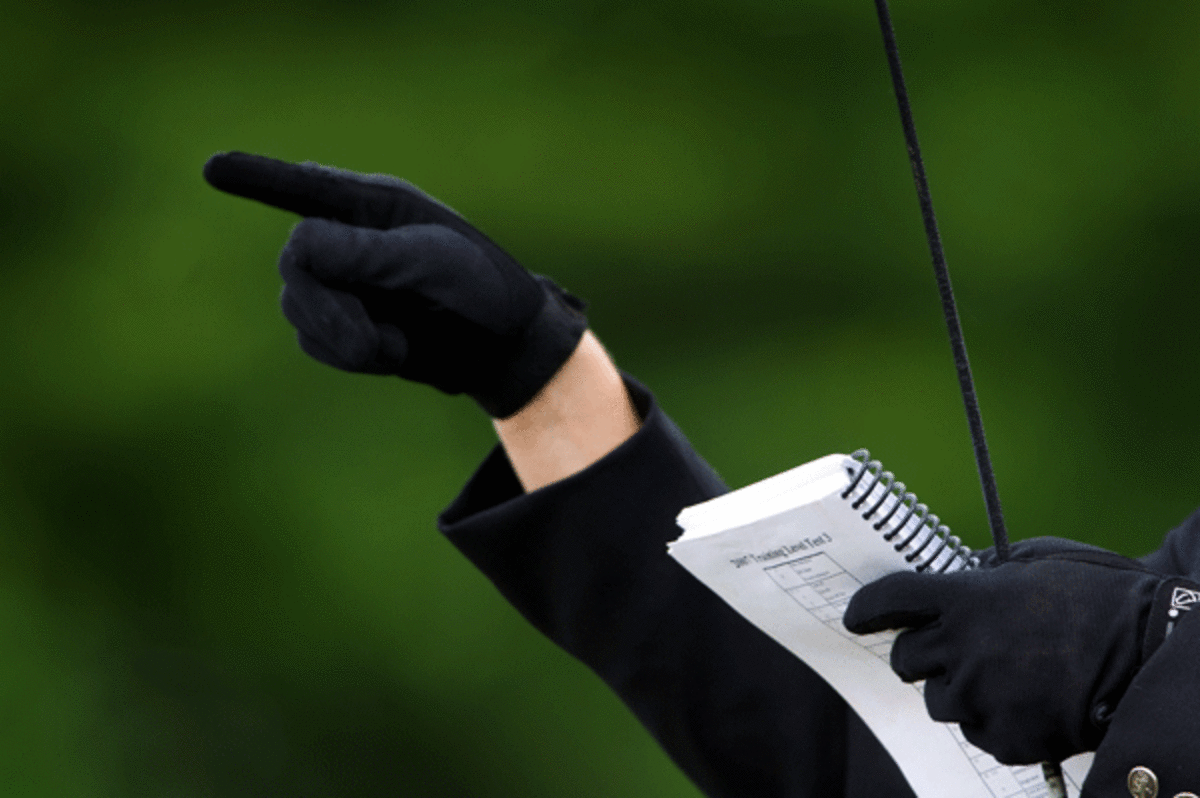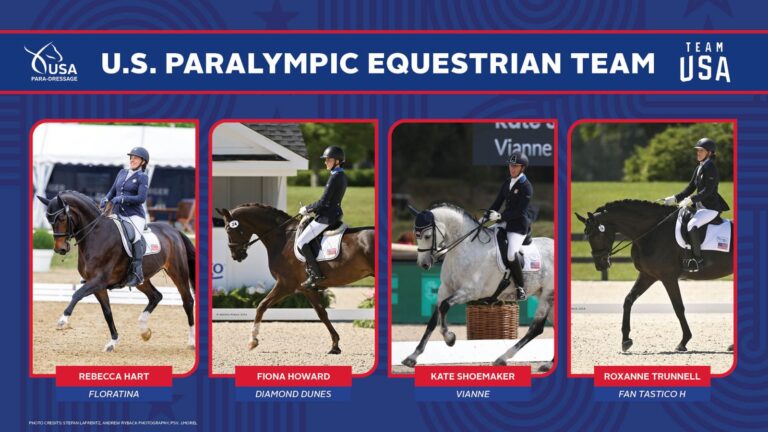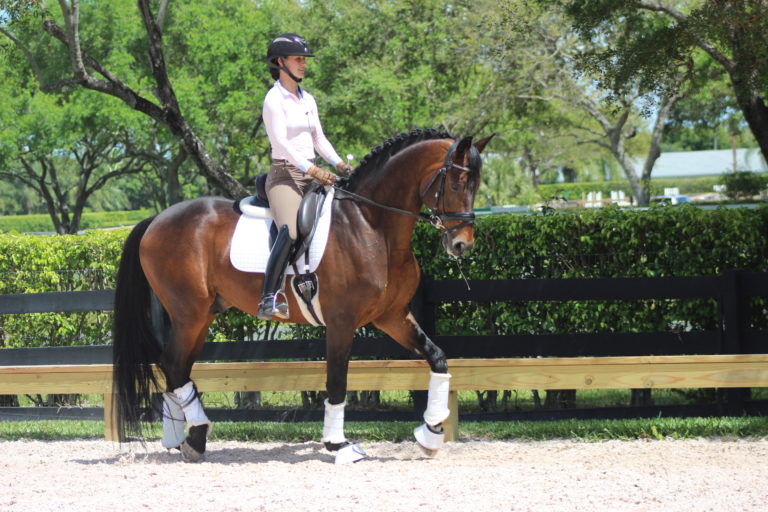Q: I’m a lower-level rider and when showing, I often forget my test or parts of the test. What are techniques to memorize a test?— Danielle Ward of Berkeley, California
A: Several weeks before the show, read through your test until you can recite it in your head, out loud or written down with no mistakes. You may need to do this in stages, such as once in the morning, once before going to sleep at night or a few times during the day, depending on your learning style.

Now, practice some or all of the following:
•Recite the test to a friend, having her follow along.
•Stand at A in the dressage arena and visualize riding your test start to finish.
•Mark out an area on your living-room floor or use an actual dressage arena to “ride” through your test on foot in the actual rhythm of the walk, trot and canter. (This will be entertaining for your friends.) Be sure to include the half halts, changes of bend, etc.
•Watch others ride the test (Caution: If you watch a rider who goes off course, it may disrupt your memorization, so be careful when choosing this option).
After memorizing the test, including the letters, practice recalling its main parts, excluding the letters. For example, for Training Level, Test 3, say to yourself: Salute, track left, trot loop, canter, circle, trot, walk. Then trot loop, canter, circle, trot, stretchy circle, centerline, halt. This simplifies the test in your head and will help to keep you from getting lost.
Whether you practice the test in your head, out loud, on paper, standing at the arena or while “riding” the test on foot, be sure to include your preparations for the movements and figures. In other words, picture riding the preparatory half halts, changes of bend, etc. For example, you might say to yourself: Trot loop is next. Check impulsion, half halt, change the bend, rebalance, change bend again, etc. If you include this in your visualization, you are more likely to ride it that way on show day.
Practice, practice, practice! Ride through the test on your horse multiple times several weeks before the show until you can almost do it in your sleep. Practice it at other venues, not just at your home barn. If your horse is clever and anticipates the movements, don’t ride through the test every day; instead, ride short sections of it at a time. You could also borrow a friend’s horse to get even more practice time.
While riding your test, think ahead to the next movement while riding the current one. For example, in First Level, Test 3, when starting the trot loop, tell yourself: Canter depart and circle are next. Then focus immediately on the present movement, such as the quality of the trot, accuracy of the loop, quality of the bend, etc. Some people need to mentally look ahead by one movement, others by two or more. You must experiment to find the right formula that works for you.
Keep in mind that many entry-level riders usually do one of two things: They ride accurately but mechanically from movement to movement, forgetting about qualities such as impulsion, connection and thoroughness. Other riders focus on the quality, but then ride inaccurately or forget the test. The goal is to be accurate without sacrificing quality. I remember riding a test in which my horse felt so wonderful, I actually said to myself, Wow! This is going really well! As you can probably guess, I lost my focus and nearly went off course in the next movement.
The day of the show, do the following:
•Review your test again, using one or more of the tools mentioned.
•Keep a copy of the test in your pocket in case you need to glance at it one more time.
•Keep a test reader on call and use her during your test if you are still unsure. The judge will not penalize you for this. Many riders employ a caller as a safety net, only listening if necessary.
•Mentally review the pattern. Do this while putting on your coat or as the rider ahead of you enters the space around the show arena. Relax and take some slow, deep breaths. Pat your horse. You are ready!
•While riding your test, look up at the arena and the letters. Look ahead and not at your horse’s ears.
Remember: Find a balance between knowing where you are going and riding quality into each movement. This is how you will do well. If you do get lost during your test, don’t panic. Just head toward the judge at C and she/he will direct you back on course. Make sure you clearly understand where you need to go before calmly resuming.
At the end of your test, salute, smile, pat your horse and rejoice. You did it!

Sandy Hotz is an FEI 3* and USEF “S” judge. She trains in Longmont, Colorado.











